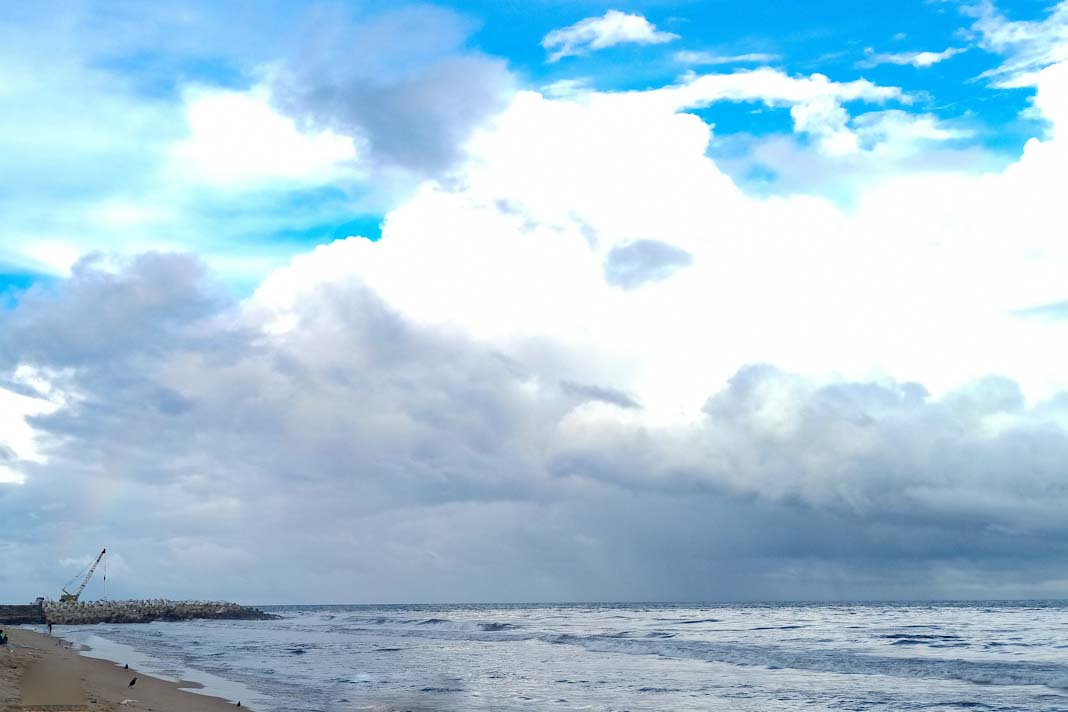- The European Maritime Safety Agency (EMSA) has released the initial segment of a pioneering study focusing on the safety aspects associated with bunkering biofuels in maritime operations.
- The report analyzes key safety factors, including flashpoint, toxicity, and cold-flow properties, among others, for a selected range of biofuels.
- By identifying potential safety concerns during bunkering, EMSA aims to establish comprehensive guidelines and regulations for the maritime industry’s transition towards sustainable energy sources.
EMSA has taken a significant step in ensuring the safe incorporation of biofuels into maritime operations by publishing the first part of a comprehensive study. The analysis delves into critical safety aspects, laying the groundwork for robust guidelines to govern the bunkering practices of biofuels. This initiative aligns with the maritime industry’s growing interest in sustainable alternatives and reinforces safety measures to mitigate potential risks.
Biofuels Identified as Promising for Maritime Operations
The study highlights the promising potential of biofuels in maritime operations, with specific emphasis on bio-methanol, bio-FT-diesel, bio-DME, HVO, and FAME, including relevant blends. EMSA underscores the similarities and differences between these biofuels and conventional marine distillates, providing a comparative framework to assess potential risks during bunkering. The identification of these biofuels as promising signifies a shift towards more sustainable and environmentally friendly energy sources in the maritime sector.
Critical Conditions and Safety Considerations for Each Biofuel
The report provides an in-depth analysis of each biofuel, outlining critical conditions and safety considerations. From the lower flashpoint of bio-methanol to the flammability precautions required for bio-FT-diesel, and the unique challenges presented by gaseous bio-DME, the study aims to equip the maritime industry with essential knowledge for implementing safe bunkering practices. Material compatibility, temperature variations, and potential contaminants are thoroughly examined for each biofuel.
Regulatory Landscape and Best Practices for Safe Bunkering
Bio-methanol emerges as the most mature, benefitting from existing industry experience, while others like HVO and FAME align closely with conventional marine diesels. The report advocates for a risk-based approach, emphasizing the need for specific design considerations, such as those implemented by the Port of Singapore, to ensure safe bunkering. The importance of evaluating risks through a comparative risk assessment is highlighted, promoting the responsible adoption of biofuels in maritime operations.
Did you subscribe to our daily Newsletter?
It’s Free! Click here to Subscribe
Source: safety4sea






















